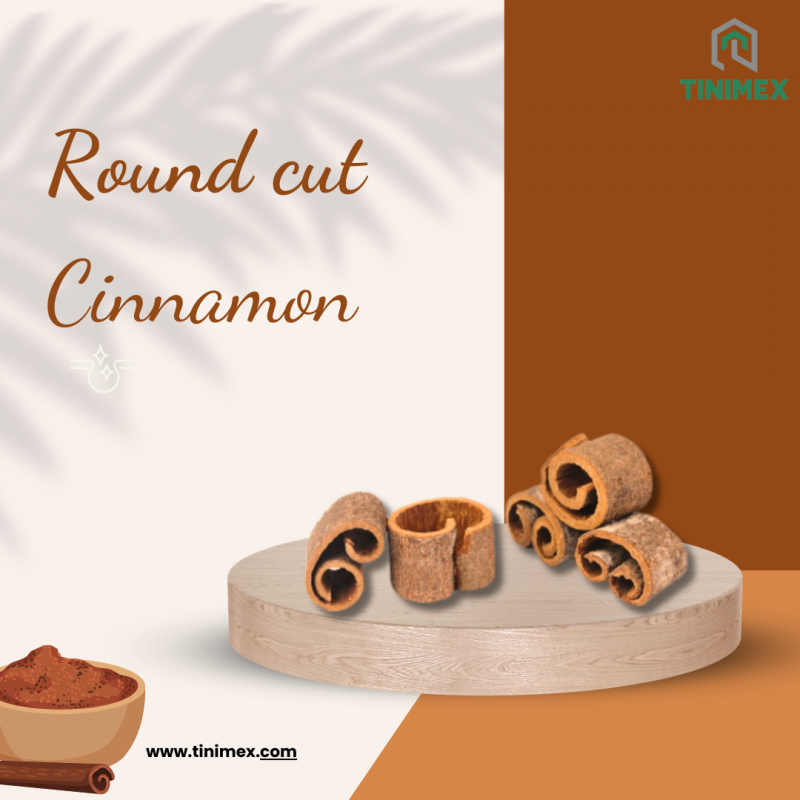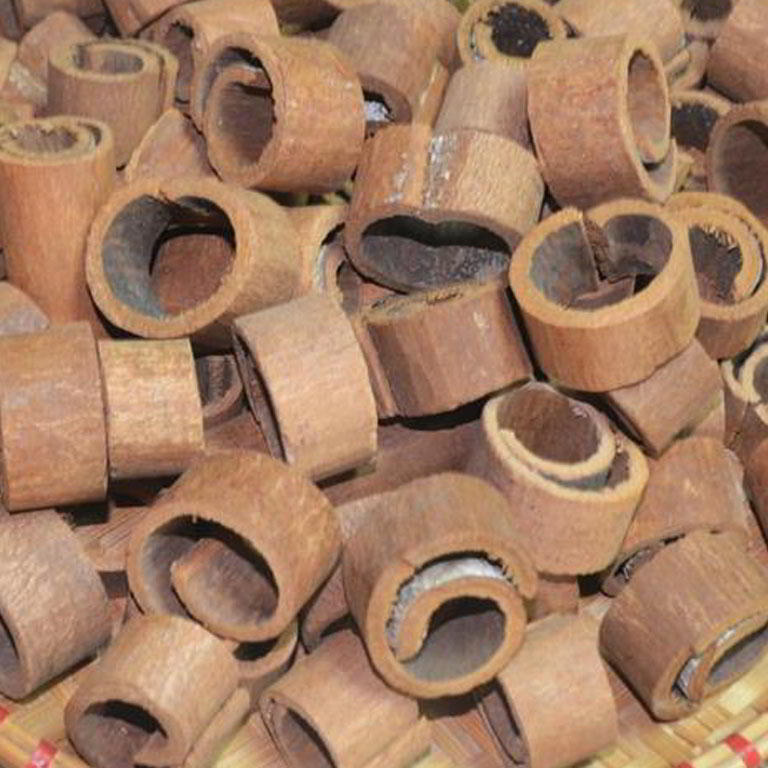12 Export Standards You Must Know Before Buying Round Cut Cassia
12 Export Standards You Must Know Before Buying Round Cut Cassia
Table of Contents
- Introduction: Why Export Standards Matter for Cassia
- Standard #1: Cinnamaldehyde (Oil Content) Threshold
- Standard #2: Maximum Moisture Content
- Standard #3: Microbiological Safety Limits
- Standard #4: Pesticide Residue Compliance
- Standard #5: Heavy Metal Testing (Pb, Hg, As, Cd)
- Standard #6: Certification of Origin (COO)
- Standard #7: Certificate of Analysis (COA)
- Standard #8: HACCP, ISO, or BRC Food Safety Systems
- Standard #9: Organic Certification (Optional by Market)
- Standard #10: Clean Sorting, Grading, and Sizing
- Standard #11: Packaging and Labelling Requirements
- Standard #12: Phytosanitary and Export Permits
- Final Thoughts: Choose Verified Exporters Like Tinimex
- Contact Tinimex – Trusted Exporter of Certified Cassia
1. Introduction: Why Export Standards Matter for Cassia
In today’s global spice trade, quality alone isn’t enough. If your cassia shipment fails to meet local or international export standards, you risk delays, rejections, penalties, or damaged brand reputation.
Round cut cassia, though simple in appearance, is subject to strict food safety, labeling, and documentation requirements. Whether you’re importing to the EU, U.S., Japan, or Middle East, this checklist covers the 12 must-check standards.

2. Standard #1: Cinnamaldehyde (Oil Content) Threshold
- Minimum acceptable: 2.0–2.5% oil content (some markets prefer >2.5%)
- Important for: Flavor potency, extract yields, and shelf life
- Verify with: COA and essential oil report
3. Standard #2: Maximum Moisture Content
- Limit: ≤12% moisture (some accept up to 13%)
- Why: High moisture = mold risk, microbial growth, customs rejection
- Test: Moisture meter, drying report, COA
4. Standard #3: Microbiological Safety Limits
Includes thresholds for:
- Total Plate Count
- Yeast and Mold
- Coliforms and Salmonella
Testing should be performed by an ISO 17025 lab and documented in the COA.
5. Standard #4: Pesticide Residue Compliance
- Regulations vary by country (EU has most stringent MRLs)
- Cassia must be free from restricted pesticides or be within safe limits
- Ask for residue screening reports (GC-MS or LC-MS)
6. Standard #5: Heavy Metal Testing (Pb, Hg, As, Cd)
Required for entry into:
- U.S., Canada, Japan, and the EU
- Reported in ppm, mg/kg
- Ask for heavy metal screening in COA or third-party test
7. Standard #6: Certification of Origin (COO)
- Proves geographic origin of cassia
- Required for duty exemptions under FTAs (e.g. EVFTA, CPTPP)
- Issued by Vietnam Chamber of Commerce (VCCI) or equivalent
8. Standard #7: Certificate of Analysis (COA)
This must include:
- Oil content, moisture, microbiological data
- Heavy metals, pesticide residues
- Physical parameters (color, cut size, visual inspection)
9. Standard #8: HACCP, ISO, or BRC Food Safety Systems
Most importers require at least one of the following:
- HACCP Plan
- ISO 22000:2018 certification
- BRCGS food safety certification
These ensure your supplier follows recognized food safety practices during sorting, drying, cutting, and packaging.

10. Standard #9: Organic Certification (Optional by Market)
- Required by organic brands or EU/US natural food importers
- Certified by: Ecocert, USDA Organic, Control Union, etc.
- Tinimex offers Organic Round Cut Cassia upon request
11. Standard #10: Clean Sorting, Grading, and Sizing
Buyers expect:
- Cuts sized to 1.5–2.5 cm or 3–6 cm
- Uniform color and thickness
- Visually clean, no foreign particles
Manual sorting should be combined with mechanical cleaning for best results.
12. Standard #11: Packaging and Labelling Requirements
International shipments must use:
- PE-lined kraft or food-grade PP bags
- Label: Product name, origin, net/gross weight, lot number, packing date
- Palletized or containerized loads with fumigation certificate if required
13. Standard #12: Phytosanitary and Export Permits
- Required for all plant-origin shipments
- Issued by: Vietnam Plant Protection Department
- Confirms the shipment is pest-free and compliant with destination market
14. Final Thoughts: Choose Verified Exporters Like Tinimex
Navigating international standards isn’t optional—it’s essential. Buyers who don’t verify these 12 points risk:
- Delays at customs
- Legal or financial penalties
- Damaged buyer relationships
Tinimex simplifies the process by:
- Providing COA, HACCP, Organic, COO, and MSDS
- Pre-shipment inspection photos & lot code tracking
- 100% export-ready documentation
15. Contact Tinimex – Trusted Exporter of Certified Cassia
TINIMEX CO., LTD
🏢 4th Floor, No. 40 Ngo Gia Tu Street, Duc Giang Ward, Long Bien District, Ha Noi, Vietnam
📧 info@tinimex.com
🌐 https://tinimex.com
📞 +84 36 680 8683 (WhatsApp / Zalo)
Reliable for:
- Export-ready round cut cassia with 12+ certifications
- Fast document turnaround and customs support
- Long-term supply contracts for global buyers
Internal Links:
External Link:

